The art of embroidery is a centuries-old craft with a rich heritage. Modern clothing can use the same technique that was used in medieval times for decoration. Although embroidery is easy, you should learn the basics before jumping into any project. Here are some embroidery projects for beginners to get your creative juices going.
Embroidery Projects for Beginners
Let’s first brush up on our basic embroidery knowledge before we move to the actual project. This blog article will explain the basics of embroidery. It will also show you how to choose which method is best. I’ll also tell you how to practice to improve your creativity.
First let’s find out which one best for beginner
Hand Embroidery VS Machine Embroidery
Hand Embroidery
Hand stitching begins with the fabric being stretched over a plastic or wooden hoop. The size of the hoop is determined by the sewer’s comfort level. The size of the hand embroidery needle and thread to use will be determined by the embroidery pattern chosen for the project. Hand embroidery depends on the stitch options. If you know that many stitches to make all things embroider in a fabric, it will take your job an extra high.
Side note- Hand embroidery is based only on stitching. If you’re a beginner, it is important to know the different stitches.
Machine Embroidery
Machine Embroidery is computer generated. Pre-designed patterns are incorporated into a computer program which determines the stitching process on the machine. The stitching on all of the designs is same, and each product appears to be identical. It is impossible to alter the passion for stitching that is the art of stitching. What will stitch the pattern exactly according to the pattern that is dictated by the computer? Machine Embroidery cannot have threads separated as Hand Embroidery needle artists can create with hand-made projects.
So, which one is best? Hand embroidery is for hobbyists and creative persons who want to showcase their passion for fabric. But machine embroidery is for industrial processes like thousands of same print and design productions.
How to start embroidery (Essential materials)?
You know that feeling when you see someone wearing a dress, sweater, or any piece of clothing, and you think to yourself, “I could make something like that!”. Embroidery is a wonderful pastime to have, but it can be intimidating at beginning. There are so many stitches and supplies out there that it’s easy to get lost in the details.
For starting embroidery, you need some ingredients. Let’s know what these are.
Fabric: When you start your first project, choose the lightest-colored fabric for quilting or a weave like linen. 14 yards will be enough for several projects if you buy in bulk. Aida cloth is not recommended, even though it can be used with embroidery floss. It is ideal to use it in cross-stitch patterns.
Embroidery hoop: There are many embroidery hoops available. All you need is a basic wooden or plastic hoop. You can handle many tasks with a 6-inch hoop.
Embroidery floss: You can choose from several colors of cotton floss. DMC brand is easy to find and affordable.
Scissors: You can find special scissors that are specifically designed for embroidery. However, before you spend on something more expensive, you can use the scissors that you have. You can make sure that the scissors are sharp and can finish the job.
Needles: There are many types of embroidery needles, similar to hoops. You can use any needle that has an eye large enough to thread embroidery thread through. You can choose the right size needle for embroidery.
Water-soluble pen: It depends on the type of project you are working with, there are several ways to transfer a design onto fabric. However, drawing is the easiest. You can use your regular pencil, but you need to use a water-soluble pen so that your work doesn’t leave marks.
Pro tips- fabric is not that important when you are just starting an embroidery project. Focus on the stitching part.
Basis Stitches Need to Be Known for Embroidery.
Although there are many stitches you can learn to master embroidery, you will need to know a few to get started. These are the top priority stitches that cover most basic patterns.
- Running stitch
- Backstitch
- Split stitch
- Stem stitch
- French knot
- Chain stitch
- Lazy daisy
- Feather stitch
- Seed stitch
- Satin stitch
Best Patterns for Beginner Embroider
1. Word Art Embroidery Design
This type of pattern will help you to learn all typography-related works in a row. That is how to art and create word embroidery. Like “do it NOW” or “You can DO it”, It is possible to complete a word art entire pattern using backstitch with a different number of floss strands to provide different options.
2. State Art Embroidery Design (Satin Stitch)
It’s great! It’s easy to create a state embroidery pattern right now. To create an amazing, colorful design, you will need to be familiar with the satin stitch. You can let your heart shine by finishing this bright embroidery project. This is a great way of practicing your skills without feeling pressure.
3. Butterfly Pattern (Stem Stitch)
This beautiful butterfly design will help you improve your stem stitching skills. This is a simple pattern to practice stem stitch. Although it includes many different stitches, the main focus is on the stem stitch. You can also fill in empty spaces with stem stitch.
4. Simply Pet Pattern
Simple patterns for pets are great to get started. You can practice just a couple of stitches at once. Begin with your pet, such as a cat or dog. For ground cover, draw a simple line. Fill it in with stem stitch and back stitches.
5. Flower Embroidery Design
Although it may seem common, flower design can be very expressive in terms of the color combinations made by the threads. Modern floral embroidery is a repetition of this beautiful simplicity. This pattern is more attractive because of the subtle color gradation. Sara insists on using the split stitch to make the pattern. This means that you need only to learn one stitch before you can get started.
6. Pincushion Embroidery Project
The pincushion embroidery design is a very basic design to start. It’s easy and looks good to decorate your home. Sometimes pincushion designs require only sewing skills with a needle. Sewing is really fun and creative.
7. Single Stitch Embroidery Project
Single stitch requires only a running stitch to know how to do embroidery on your own. This pattern will help you to add an extra stitch to do when you make complex designs.
8. Red rooster Pattern
The red rooster represents creativity and design. The design can be completed with a Stem and a French knot. Add more colors to the design to bring it alive. This decorative design can make the kitchen livelier and colorful.
9. Pillow Embroidered Project
Pillow patterns can be used by both beginners and expert embroiderers. To make your pillow more interesting, you can use mixed forest and flower designs.
10. Cactus Trio Pattern
As a novice, cactus is one of the best patterns to embroider. A couple of stitches like running, stem, and backstitch are needed to make a cactus trio design. You can do this in t-shirt, bag or matt also.
11. Heart Shape Embroidery Pattern
If you are beginning working on your project of embroidery, you might decide to design the shape of a heart on your embroidery to show your love for a person. It’s a breeze to make an amazing heart-shaped design. I guarantee you that you will not require any patterns. Simply draw a shape and then go. Begin backstitching or a running stitch. You can use any stitch you like and colors to this design. You can be certain that you will be able to make an attractive design.
12. Diy Fruits Pattern
Do you ever think of a lemon slice as a pattern? If you did, then you are more creative than me. Yes, an apple, a lemon slice, a banana, and all kinds of fruits can be a pattern. You need to make the color combination of the patterns. All you need is back-stitch, stem stitch, and satin stitch sometimes.
Final Blender
If you are just beginning something new, it is important to learn and then practice to become an expert at this. It is an easy and extremely creative way to accomplish numerous things. The process of learning a new stitch and mixing colors will take the art of embroidery to the higher levels.


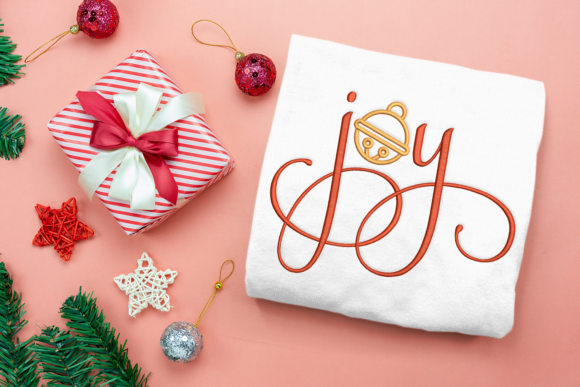
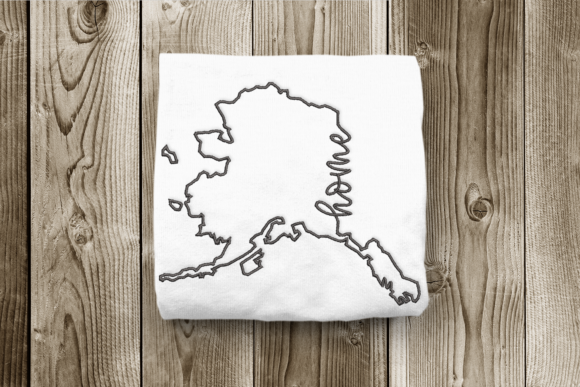

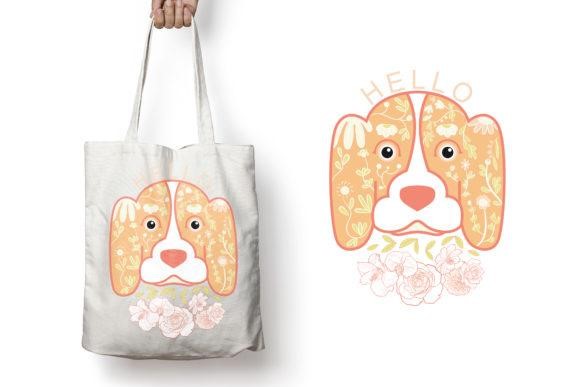
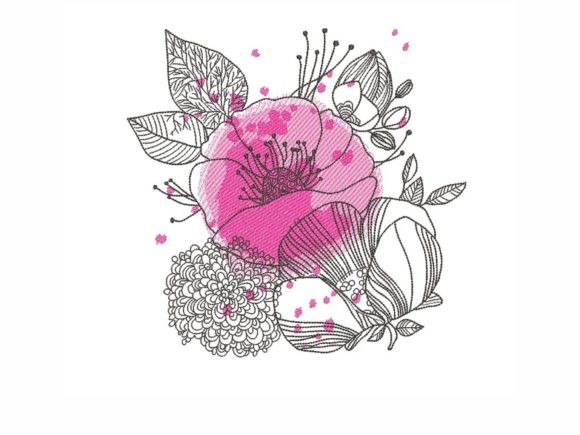
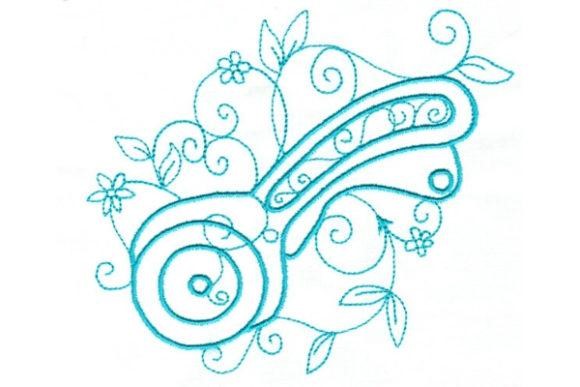

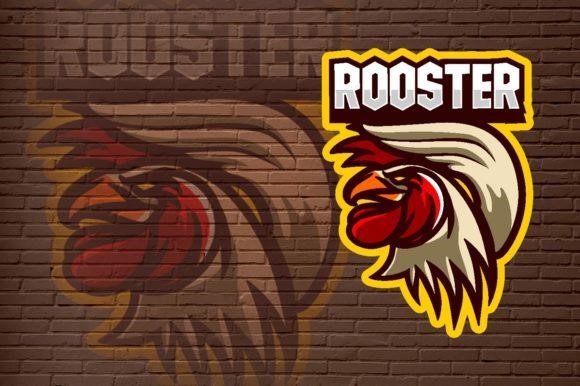
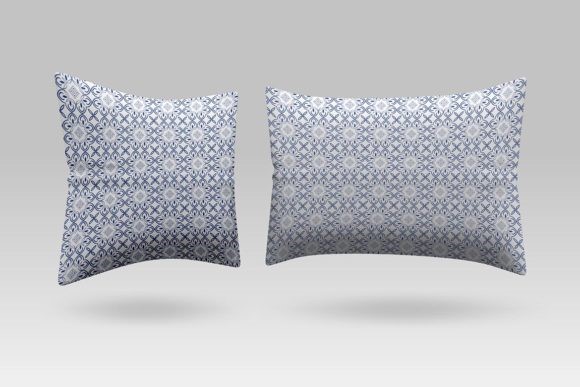
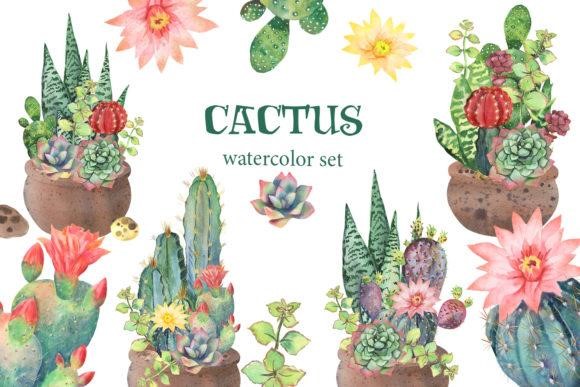
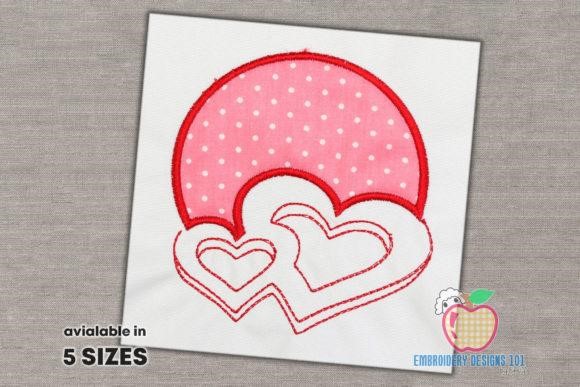
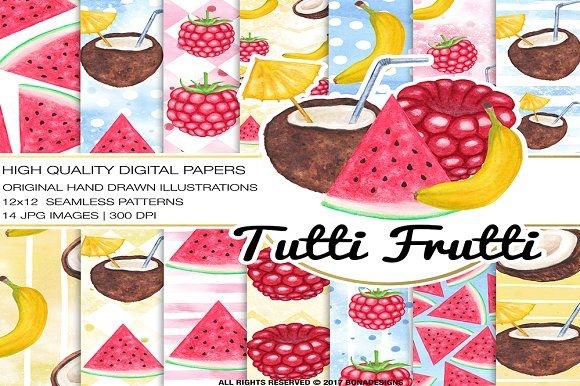
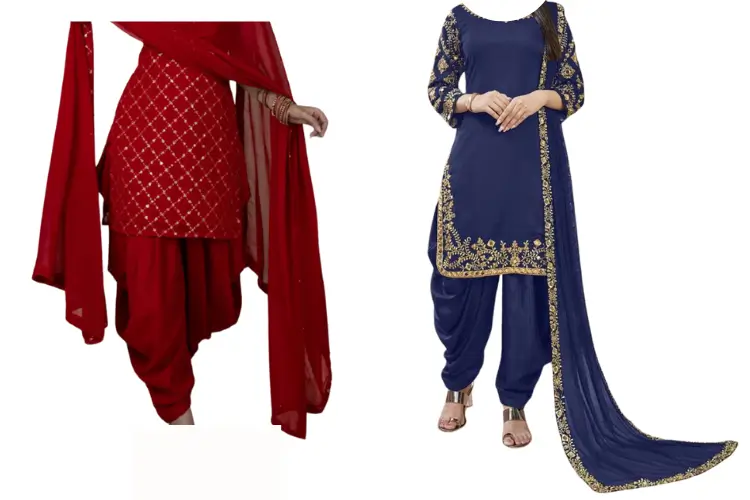

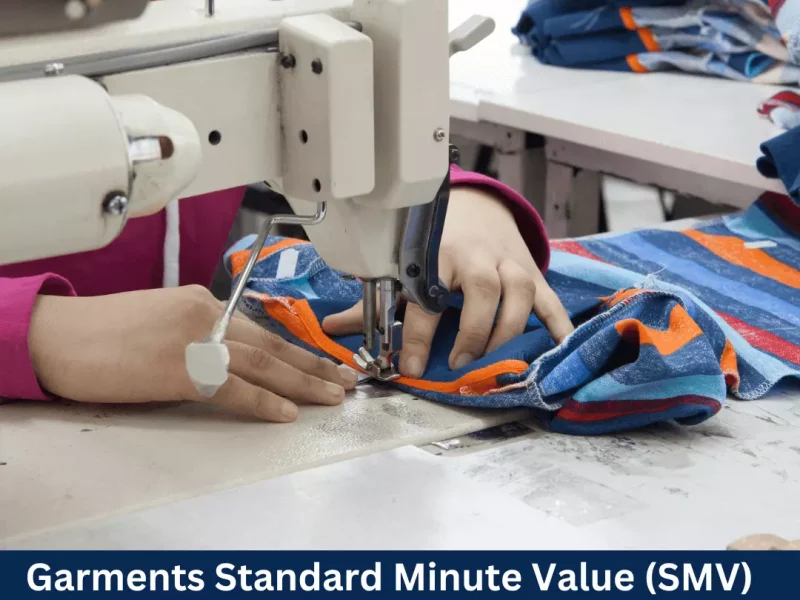
It is nice content!!